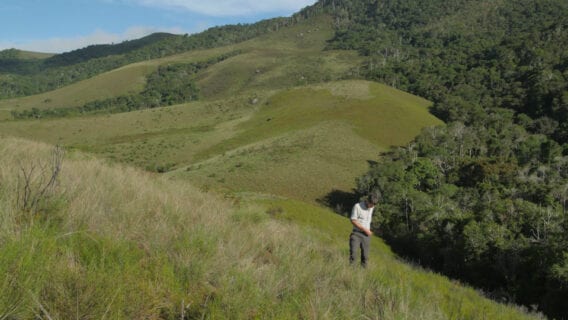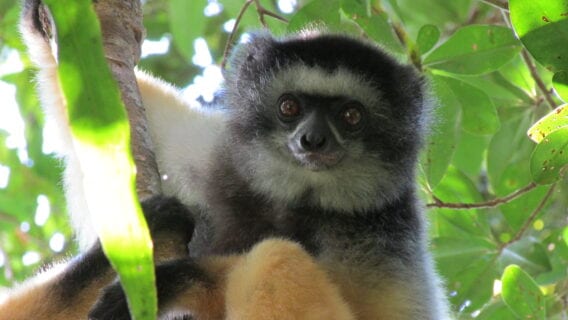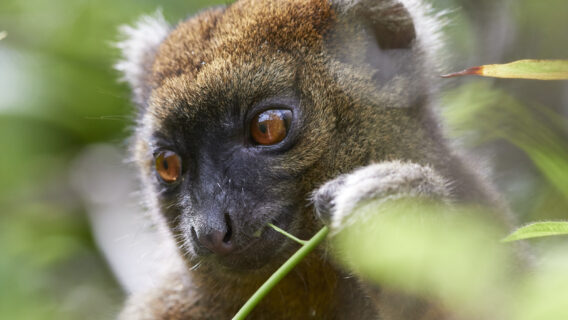Harnessing the Umbrella Species Concept in Carnivore Conservation

Similarly, we should not assume the loss of any particular species would be of negligible impact to a given ecosystem. While the idea of single-species management was long ago replaced by that of ecosystem management, translating that into a practical and effective conservation strategy is a big challenge, writes IUCN Save Our Species grantee Matthew Becker of the Zambia Carnivore Programme.
Africa’s lions, cheetahs, leopards and wild dogs are all listed as either Vulnerable or Endangered by the IUCN Red List. Because they generate substantial amounts of support for their conservation and require large amounts of space, focusing on these species and their habitat requirements can also protect many of the smaller, lesser-supported species relatively efficiently.
One of the defining characteristics of large carnivores is that they need space, and lots of it. In Africa, for example, a single cheetah or pack of African wild dogs can range over hundreds and even thousands of square kilometres, and a minimum area of 10,000 km2 (larger than Yellowstone National Park) is recommended for viable populations of wild dogs. These large area requirements are one of the primary reasons large carnivores worldwide are imperilled: there are few places large enough to sustain viable populations of these species at that scale. These top predators often come into conflict with humans as a result, and carnivores are some of the first to decline and disappear from human threats.
Conversely, where large carnivores do occur in natural, unfenced landscapes it is also a good indication that an ecosystem is relatively intact and a number of other species are likely to be occurring along with these apex species. So perhaps focusing scarce conservation resources on species with large area requirements is an efficient and effective means of conserving the numerous other species that reside within these areas.
Bordering eight countries and with a significant proportion of its land managed for wildlife and wildlife-based economies, Zambia is one of Africa’s few remaining large carnivore strongholds. It is a prime example of how the umbrella species concept can be applied to conservation of the country’s myriad species in practice.
“With the support of IUCN Save Our Species, and with an array of partner organisations such as Conservation South Luangwa, we conduct collaborative conservation work on big cats and wild dogs across Zambia’s major ecosystems for large carnivores– the Luangwa Valley, Greater Kafue and Greater Liuwa Ecosystems”, says Matthew.
The work focuses on a wide-range of issues ranging from combatting wildlife crime, to supporting anti-poaching, community wildlife conflict mitigation, and field-based protection of carnivores, their prey and habitat.
“In addition, we have a strong programme focusing on building local conservation leadership”, adds Matthew. “Collectively these efforts, focused on big cats and wild dogs, help provide the protective umbrella under which many of these ecosystems’ other animal and plant species benefit”.
We now live in what is considered the Anthropocene Epoch, where for the first time people are the primary driver of ecological change. Burgeoning human populations and ever-increasing resource use continue to strain earth’s ecosystems and climate, and we are experiencing unprecedented rates of human-induced ecological change.
At the same time, the resources available for addressing these rapid changes are drastically inadequate, forcing conservationists to be selective.
Given the characteristics of carnivore conservation in practice, protecting the suite of Africa’s big cats, wild dogs and hyaenas represents a potent use of the umbrella species concept.








